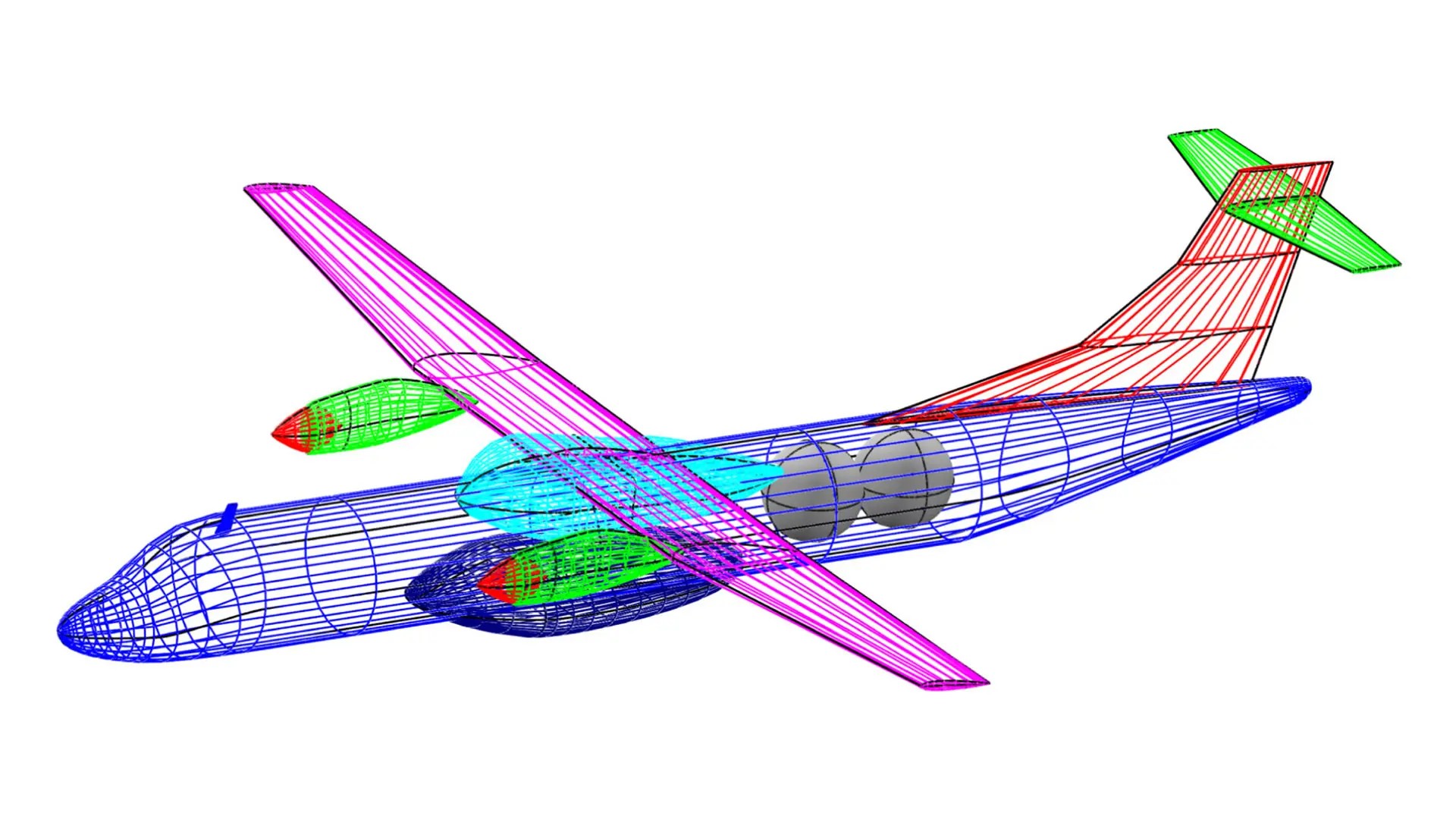

Could hydrogen aircraft meet the needs of 97% of all intra-Nordic flight routes and 58% of all passenger volume in 2045? Yes, possibly. Christian Svensson, PhD student at Chalmers University of Technology, has together with two other researchers looked at optimizing hydrogen aircraft designs to meet both tomorrow's needs and infrastructure challenges.
Aircraft fueled by hydrogen could be part of the solution to achieve green air traffic in the future. A study conducted by Christian Svensson, doctoral student and Tomas Grönstedt, professor at Chalmers University of Technology, as well as Amir A.M Oliviera, professor at the Federal University of Santa Catarina, Brazil, shows just this.
In the study, which was published in the International Journal of Hydrogen Energy, the researchers looked at several things that could determine how hydrogen aircraft powered by fuel cells could be part of future commercial air traffic in the Nordics. The study is based on an existing smaller aircraft type that is powered by fossil fuels, and with a capacity of about 50 passengers and a range of 1200 km.
“The Nordic region is sparsely populated but with relatively large distances. We have investigated how a future need for air traffic might look and concluded that hydrogen aircraft can be an interesting option to meet it. In the Nordics, we could use smaller aircraft with fewer passenger seats and stay within the distance we are technically able to fly on hydrogen today. We would then be able to cover 97% of all flight routes and 58% of the passenger volume that we estimate will be within the Nordics in 2045”, says Christian Svensson.
The sweet spot for tanks
Hydrogen has several challenges associated with it. As aviation fuel, it is used in liquid form, and stored cryogenically at 20 Kelvin, or -253 degrees Celsius. The much warmer outside temperature in the air causes the fuel to evaporate when flying or stationary at the airport, which creates pressure in the tank. Therefore, an important parameter becomes the design of the fuel tank.
“As a liquid fuel, hydrogen is sensitive to external factors such as ambient temperature. When designing a tank for hydrogen aircraft, it is therefore important to insulate the tank well enough. Meanwhile you can't use too much insulation, or the tank becomes too heavy”, says Christian Svensson and continues:
“The tank needs to weigh as little as possible but at the same time be able to contain enough fuel to get somewhere and be strong enough to withstand a sufficiently high pressure when the fuel evaporates. These are factors that work against each other, but somewhere there is a sweet spot where you get the best capacity. We have found it in this study.”
Safety first in aircraft design
Another parameter the study investigated is how infrastructure and logistical circumstances could affect the possibilities of hydrogen aircraft in society. If there is no hydrogen to refuel the aircraft at the destination, it must have enough fuel to be able to turn back. Scenarios such as having to circle the air before landing or being directed to another airport were also investigated.
“We thought about the scenario where all airports do not have a hydrogen infrastructure in place. Would the aircraft manage to fly Landvetter-Karlstad-Landvetter without running out of fuel? How long can the aircraft stay in Karlstad before too much fuel has evaporated to be able to fly back? These are practical aspects we aeronautical scientists need to look at more closely.”
“When designing an aircraft, safety is the most important thing. Therefore, you always have to think about what can happen if, for example, you are not allowed to land directly or if you are referred to another airport. It will be an important factor to consider when we continue to design technical solutions and investigate whether hydrogen flights can meet our future aviation needs”, says Christian Svensson in conclusion.
Read the study in its entirety
- Centrumföreståndare, Mechanics and Maritime Sciences
